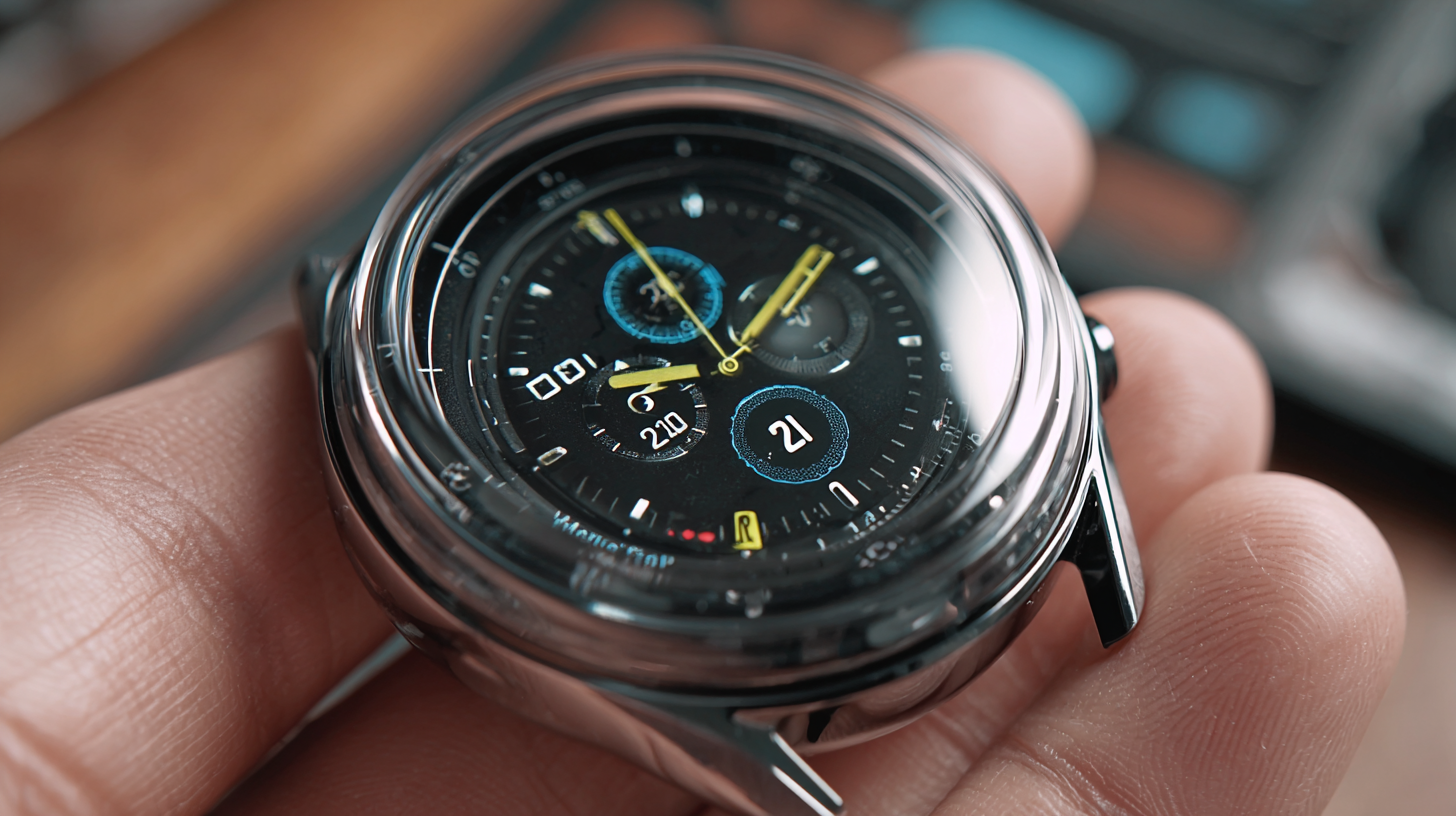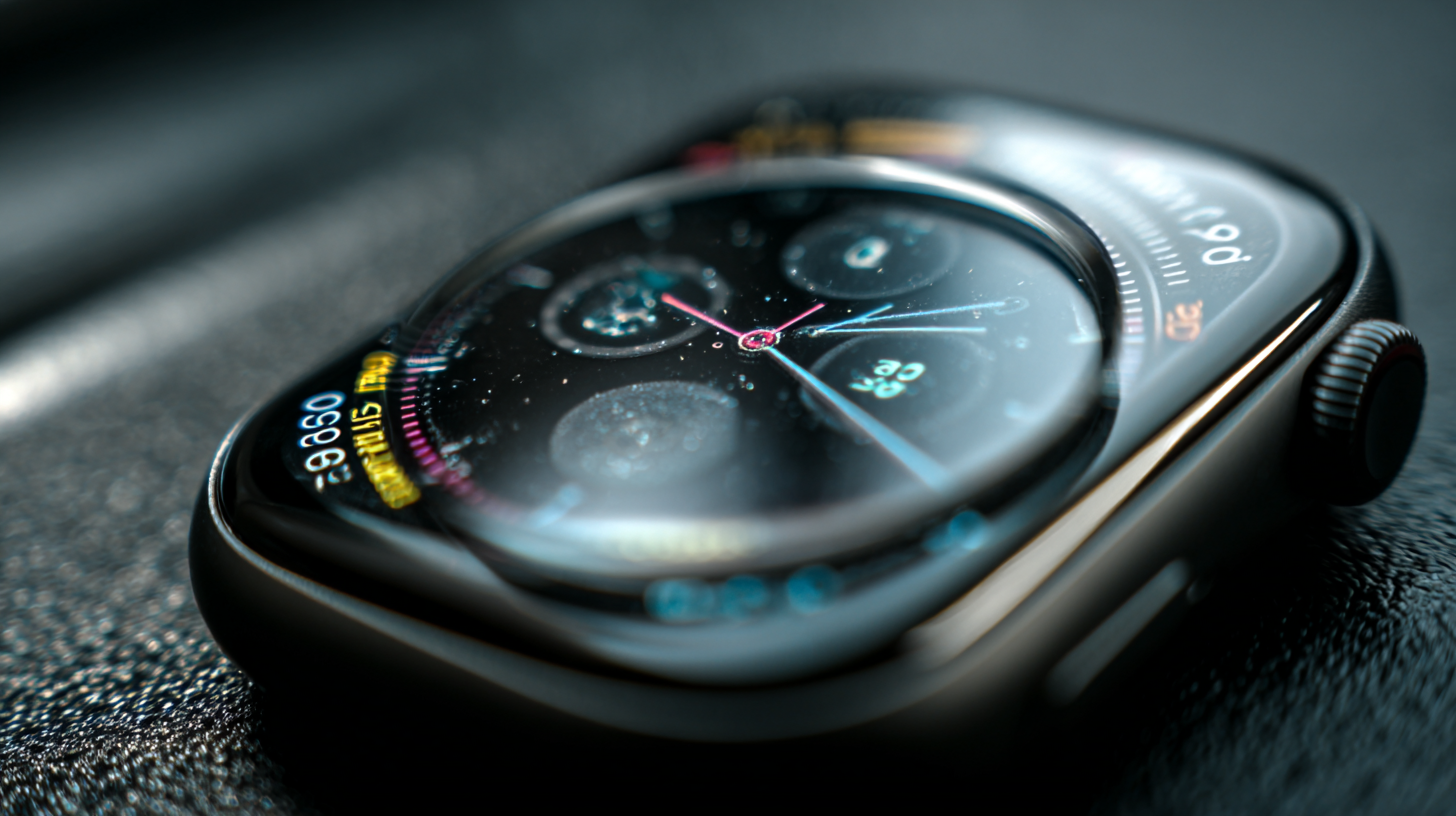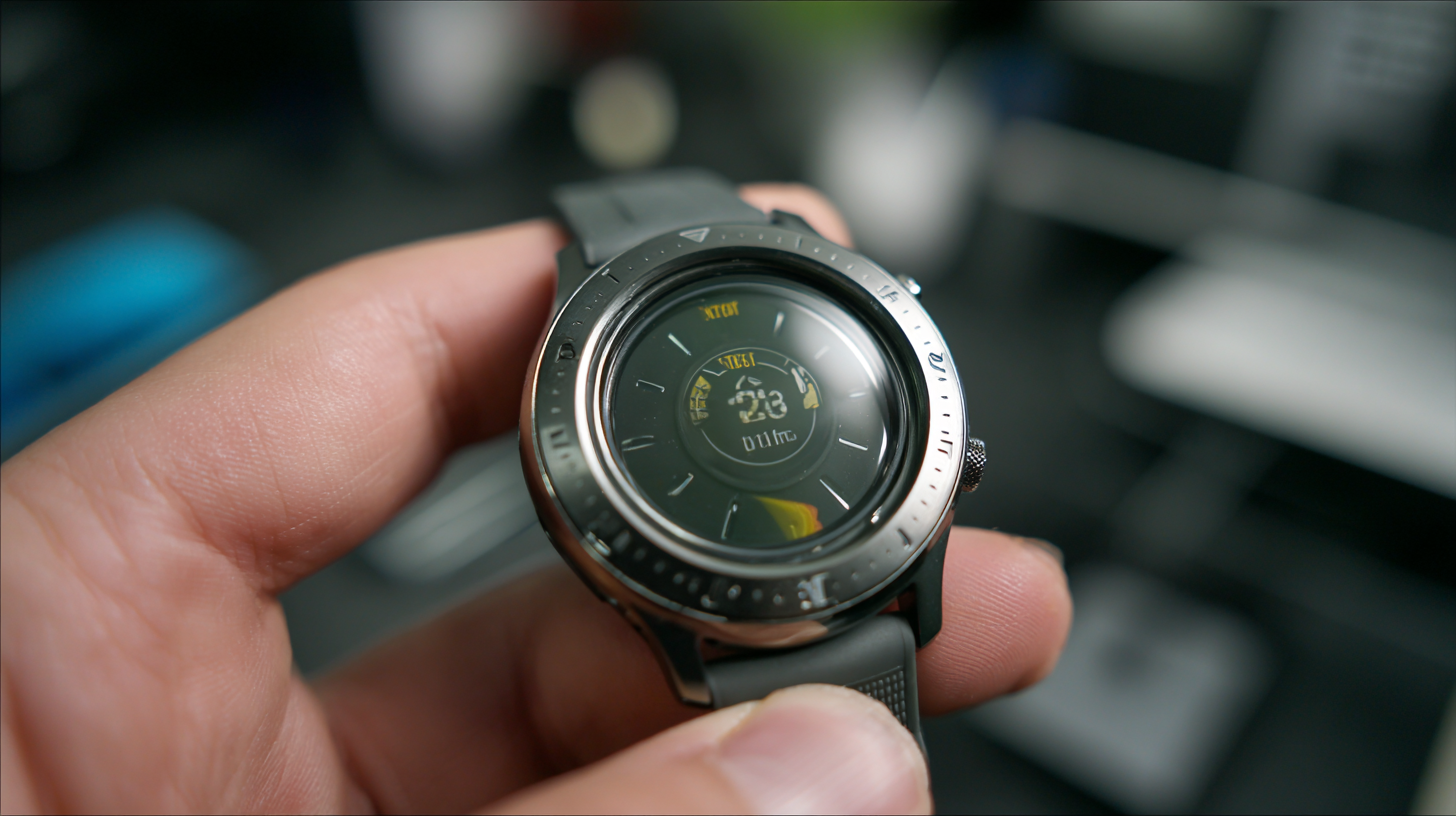
As the smart watch industry continues to thrive, with projections indicating a market value of approximately $96.31 billion by 2025, the demand for high-quality accessories such as cover lenses for smart watches is skyrocketing. Cover lenses not only protect the device from scratches and impacts but also enhance the overall aesthetic appeal of smart watches. According to a report by Grand View Research, the increasing adoption of smart wearables and the growing trend of fitness tracking have propelled consumers to seek durable and stylish solutions for their devices. Choosing the right cover lens for smart watches has become paramount as it directly influences both functionality and design. In this blog, we will explore seven essential tips to help you make informed decisions when selecting the best cover lens for smart watches, ensuring that your device remains stylish and well-protected in today's fast-paced technological landscape.

When selecting a cover lens for your smart watch, the material choice plays a crucial role in both functionality and aesthetics. According to a report from IDTechEx, the global smart watch market is expected to reach $96 billion by 2025, underscoring the need for durable and resilient materials. The most common materials used include Gorilla Glass, sapphire crystal, and polycarbonate, each with its distinct benefits and drawbacks. Gorilla Glass, for instance, is renowned for its scratch resistance and lightweight properties, making it ideal for everyday use. However, while it offers good protection, it may not withstand heavy impacts as effectively as sapphire crystal.
Another significant consideration is the lens’ anti-reflective coating. A study from TechInsights highlights that nearly 70% of smart watch users prioritize visibility under various lighting conditions, making an anti-reflective coating essential. This feature not only enhances readability in bright environments but also reduces eye strain, contributing to a more enjoyable user experience. Each material and coating option presents unique advantages, so assessing your lifestyle and needs is vital for making an informed decision that enhances your smart watch’s functionality and longevity.
 When it comes to selecting the optimal cover lens for your smartwatch, the choice between Gorilla Glass and sapphire glass is paramount. Both materials showcase impressive durability, but they cater to different user needs. Gorilla Glass, known for its excellent impact resistance and lightweight properties, is often the go-to for those who prioritize the robustness of their device during everyday activities. Its ability to withstand drops and knocks makes it ideal for active lifestyles.
When it comes to selecting the optimal cover lens for your smartwatch, the choice between Gorilla Glass and sapphire glass is paramount. Both materials showcase impressive durability, but they cater to different user needs. Gorilla Glass, known for its excellent impact resistance and lightweight properties, is often the go-to for those who prioritize the robustness of their device during everyday activities. Its ability to withstand drops and knocks makes it ideal for active lifestyles.
On the other hand, sapphire glass excels in scratch resistance, providing a level of hardness that outmatches most materials, including Gorilla Glass. This makes it an excellent choice for users who want to maintain a pristine appearance on their smartwatch display. However, while sapphire glass is tougher against scratches, it can be more susceptible to shattering upon impact. Repair experts have conducted rigorous tests to analyze these differences, highlighting that the best choice depends on individual usage patterns and priorities—whether one values scratch resistance over impact resilience or vice versa.
When choosing a cover lens for your smart watch, it's vital to consider UV protection, as exposure to ultraviolet rays can significantly impact the longevity and clarity of the lens. A report by the American Academy of Dermatology indicates that nearly 90% of skin aging is caused by UV exposure, which hints at the potential long-term effects on materials like glass or plastic used in smart watch covers. By selecting a lens with high-grade UV protection, users can prolong the life of their device while maintaining optimal visibility.
Furthermore, research from the International Journal of Surface Science and Engineering highlights that UV damage can cause degradation in lens material, leading to yellowing, scratches, and a decrease in touch sensitivity. A smart watch cover lens that features multi-layer UV coatings can effectively mitigate these issues. Protective lenses with UV filtration can absorb up to 99% of harmful rays, significantly enhancing durability and ensuring clarity in varying lighting conditions. Therefore, when shopping for a smart watch cover lens, prioritizing UV protection is key not just for aesthetic purposes, but for preserving the device's functionality over time.
When selecting a cover lens for your smartwatch, scratch resistance is paramount. The daily wear and tear that a smartwatch endures can lead to unsightly scratches, which not only affect aesthetics but can also impair visibility and functionality. Understanding the material options available is essential in making an informed decision. For instance, sapphire crystal is a premier choice known for its superior scratch resistance, making it ideal for those who prioritize durability. Although it tends to be more expensive, its longevity often justifies the investment.
In contrast, Gorilla Glass offers a good balance between performance and affordability. This hardened glass is widely used in many smartwatches and provides a reliable level of scratch protection, particularly for everyday usage. For the budget-conscious consumer, plastic lenses can be an option, though they are generally less resistant compared to their glass counterparts. However, advancements in technology have improved the performance of some high-quality plastic covers, offering a decent level of protection while keeping costs low. Ultimately, analyzing the specific lifestyle needs and understanding the pros and cons of each material will guide you to the perfect cover lens for your smartwatch.
When it comes to selecting a cover lens for your smartwatch, cost-effectiveness plays a crucial role in the decision-making process. According to a recent study by ResearchAndMarkets, the global smartwatch market is projected to grow at a CAGR of 21.7%, reaching a value of $96.31 billion by 2027. As the demand for smartwatches rises, users are increasingly looking for ways to enhance the longevity of their devices without breaking the bank. This makes it essential to find a cover lens that balances quality and price effectively.

One of the key factors to consider is material durability versus cost efficiency. Sapphire crystal lenses, known for their scratch-resistance and durability, can run significantly higher in price, often exceeding $50. In contrast, tempered glass offers a more affordable alternative, typically available for under $20. While tempered glass may not provide the same level of durability as sapphire, it does deliver a good balance for everyday users looking to protect their devices without a hefty investment. A comprehensive evaluation of user reviews and warranty options underscores the importance of making an informed choice that aligns with your lifestyle and budget.